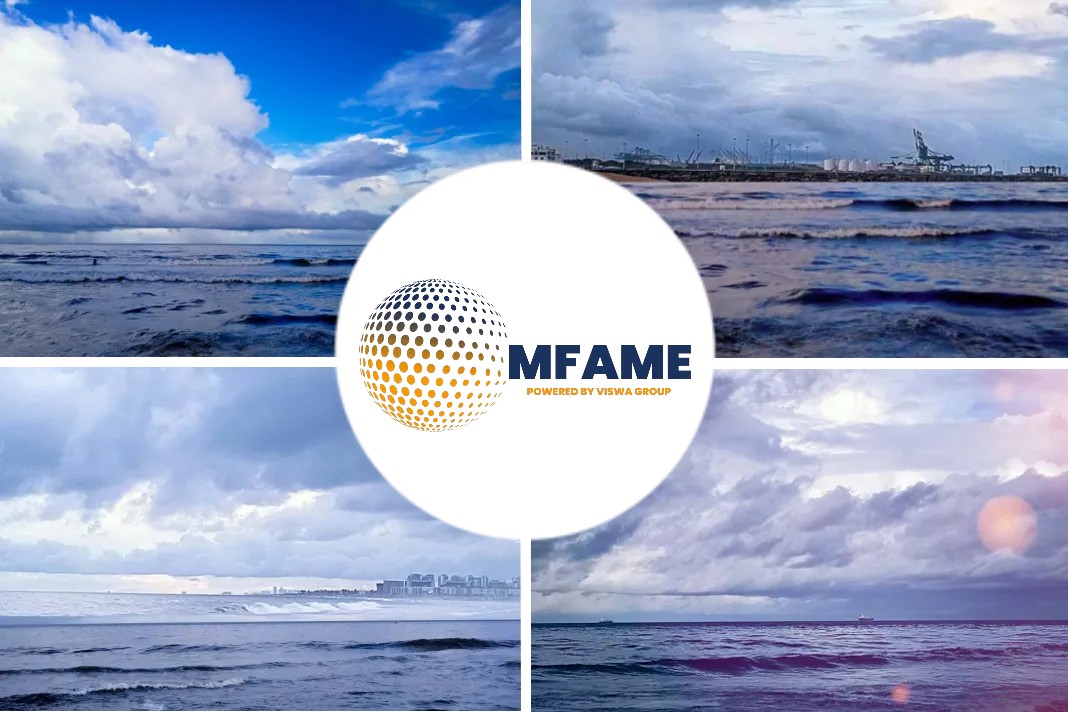
- All eight dual fuel ships to be operational by 2024
- Regulations to make methanol bunker prices more competitive
- CII rule requires close collaboration between owners, operators
Global common carrier X-Press Feeders is on track to get its eight dual fuel ships operational in 2024 and also considering other zero-carbon fuels to achieve sustainable shipping in the long run, CEO Shmuel Yoskovitz told S&P Global Commodity Insights in an interview, reports SP Global.
A small feeder, LNG tanks
“At the time of placing the order, there were not too many choices of fuels and a single hydrocarbon fueled vessel cannot operate in Europe for 25 years and be expected to stay there.”
“For a small feeder, LNG tanks take too much space and that is how we got to green methanol,” Yoskovitz said, adding the company’s move in 2021 came at a time when only a handful of companies were likely exploring methanol as a marine fuel.
In July 2021, Danish shipping company Maersk said it signed a ship-building contract with Hyundai Mipo Dockyards for a 2100 TEU feeder vessel to be deployed on the Baltic shipping route, with delivery expected by mid-2023.
“Methanol also offers a pathway to transition to bio or e-methanol, which is positive,” Yoskovitz said, adding that the company was in discussions with producers to secure green methanol supply.
There was an element of risk in being among the first movers, Yoskovitz said, but he remained unfazed by it and about industry concerns relating to the availability and price of green methanol.
Although methanol bunker fuel prices are higher than those of conventional fuels, impending regulations are set to make them cost competitive over time, Yoskovitz said.
S&P Global publishes methanol bunker fuel calculations converted to LNG and oil energy content equivalents as well as bunker fuel prices by calorific value for direct comparison purposes.
Platts, part of S&P Global, assessed Methanol Bunker Rotterdam (LNG) at $838.4330/mt on April 24, Methanol Bunker Rotterdam (Oil) at $661.07/mt and conventional Methanol Bunker Rotterdam at $346.66/mt.
Coming to other zero-carbon marine fuels, hydrogen was a “long shot” because of energy efficiency and storage limitations although ammonia was “interesting” if its safety aspects were addressed, Yoskovitz said.
The X-Press Feeders fleet is owned by Eastaway, the ship-owning entity of the Group. According to the X-Press Feeders website, the company operates over 100 vessels.
CII impact
Meanwhile, container shipping was embracing a major change not only because of a multi-fuel future but also because of regulations such as the Carbon Intensity Indicator, Yoskovitz said.
“In the past, if you look at the X-Press Feeders fleet over the years of 2010-2018, we hardly had any fixed costs. All our vessels were chartered, most of them were chartered for a very short time, and you could always pull the lever.”
“This is unsustainable in the future. We will probably see much longer time charters and much closer collaboration between owners and operators to overcome the environmental regulations, and this is where we see there will be an advantage for an owner operator because you can plan better then,” Yoskovitz said, adding those key performance indicators must be kept in mind.
“As an example, the vessel which used to service the trade lane between Jeddah and Port Sudan, which entails about 18 hours of sailing time followed by a long port waiting time, will likely be run with a CII rating of D or E. So, which owner will charter the vessel to us in the future? Having a fleet of ships under the Group allows us more flexibility.”
The International Maritime Organization’s CII determines the annual reduction factor needed to ensure continuous improvement of a ship’s operational carbon intensity within a specific rating level.
The carbon intensity of a ship is calculated by multiplying its annual fuel consumption by a carbon-emission factor assigned to the fuel type used, then dividing that total by the annual distance traveled multiplied by the ship deadweight capacity.
Based on a ship’s CII, its carbon intensity will be rated A, B, C, D or E where A is the best. Ships rated D for three consecutive years, or E for one year, will have to submit a corrective action plan to show how the required index of C or above will be achieved.
Did you subscribe to our daily Newsletter?
It’s Free! Click here to Subscribe
Source: SP Global














